Cape Cross Seals of Namibia, Africa
We could see their bodies laying all over the ground before we even got out of the truck. Thousands of them everywhere. When we stepped out of the vehicle, most of them got up and ran away. Except their run was more like a waddle as they screamed because their legs could not carry them any faster.
That was our introduction to the seals of Cape Cross, Namibia, Africa. About 115 km/ 72 miles north of Swakopmund, Namibia along the western coast this massive colony of up to 100,000 seals live, breed, feed and play along these rocky waters. In 1486 Diego Cao was the first European to set foot on the coast of Namibia and erected a cross in honor of John I of Portugal. This became known as Cape Cross and home to a large breeding colony of Cape Cross Seals.

Our greeting committee when we first pulled up.
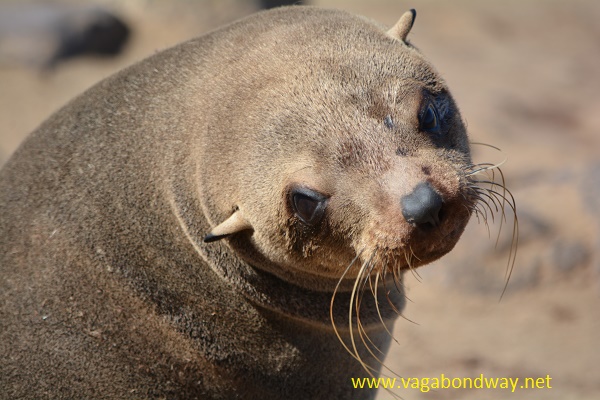
The cape fur seals are one of three species of fur seals in Southern Africa. These seals do not migrate, however they have been documented to have traveled up to distances of 1,600 km/ 994 miles.
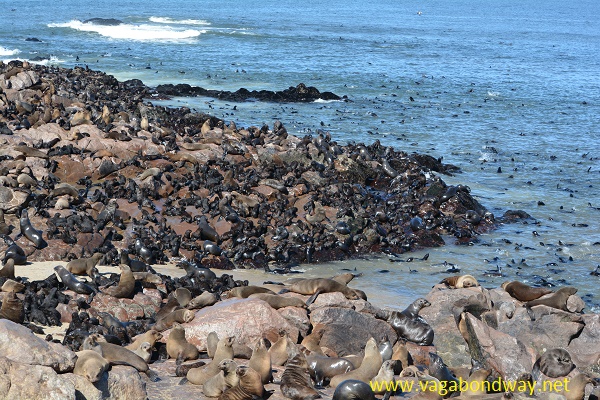
The numbers fluctuate throughout the year ranging from 80,000-100,000 individuals. During non-breeding season males are infrequent until they start arriving by mid-October to form their territories.
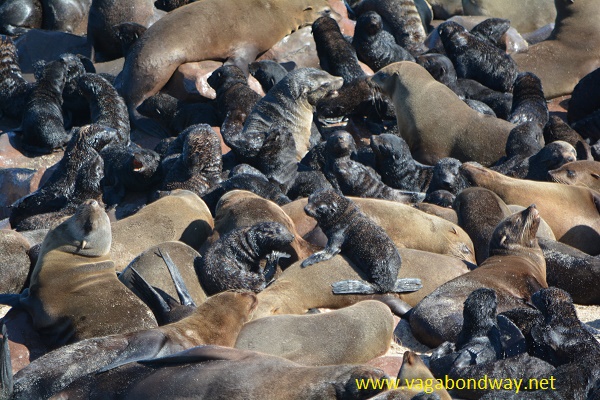
Numbers decrease as the pups are weaned and have to head out to sea to feed themselves which happens just before breeding season.
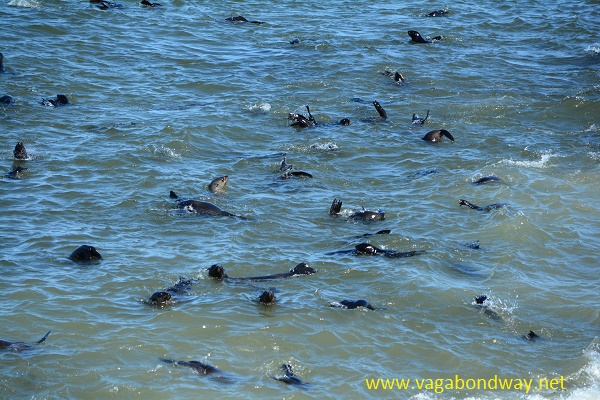
It was so entertaining to watch all these seal pups practicing their swimming. Some pups were proficient swimmers darting through the waters while others were still learning and were rolled up unto shore by the waves.
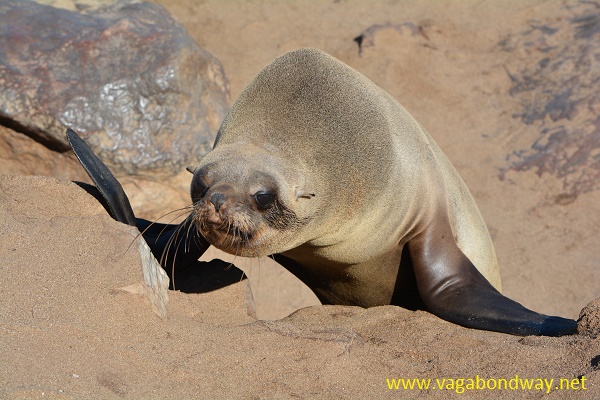
Females weigh on average 75 kg/ 165 pounds while males weigh about 187 kg/ 412 pounds. At the start of breeding season, males will build up their food reserves in the form of blubber and have been recorded reaching a mass of 360 kg/ 794 pounds.
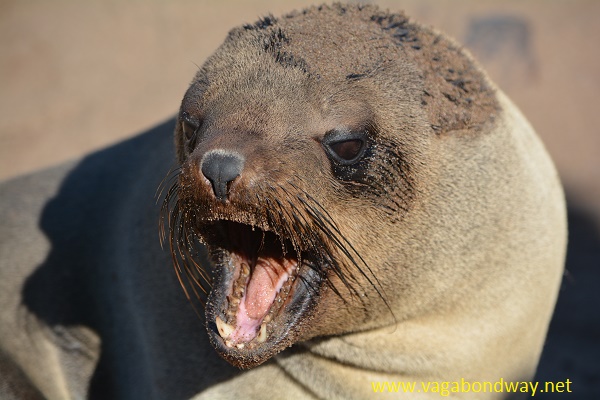
Talking for seals is very important. Mothers nurse their young for the first few days and then soon leave the pups to forage at sea for up to several days. Pups congregate together while their mothers are away. The maternal bond between mother and pup is very strong and they become reunited by calling for one another.
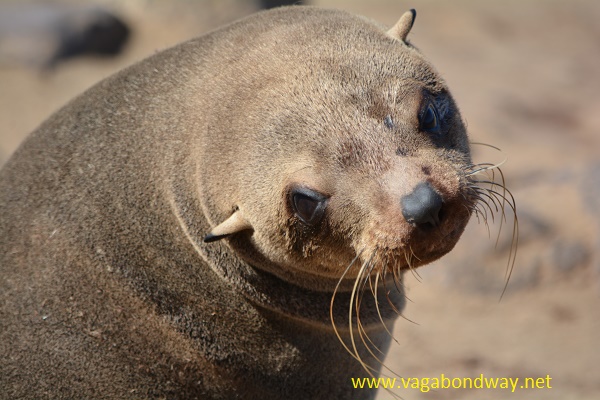
Approximately 27% of the Cape Cross seal pups will die and mortality is greatest the first week after birth. Premature birth, trampling by other seals, drowning and abandonment are common. A pup can be permanently separated during a stampede and a mother may be killed while out to sea feeding.
We were able to stroll along board walks directly above the seals and I thought it was cool how we could look with such detail at their rubber flippers. Fish make up the majority (50%) of a seals diet. Squid, octopuses and other cephalopods comprise about 37% and rock lobsters and other crustaceans are around 13% of their diet.
A common pose while seals rest and sun themselves.
We have seen a lot of seal colonies around the world and the Cape Cross Colony was one of the biggest and easiest to access to see the sheer number of seals living there.
The seals kept carrying on whether we were watching or not and it was as if this one was saying, ‘See you later!’ We humans do affect seal colonies around the world by how we manage the sea. Seals are dependent on fish as their major food source. Hopefully the world over governments will continue to research and implement sustainable fishing practices so that seals everywhere, like these Cape Cross Seals will continue thriving in their home.
* * *
If you go:
How to get there: Travel 120 km north of Swakopmund along the C34. Follow signs to the Cape Cross Seal Reserve turn off. Entrance gates are about 3 km from the turn and the reception is about another 1 km up.
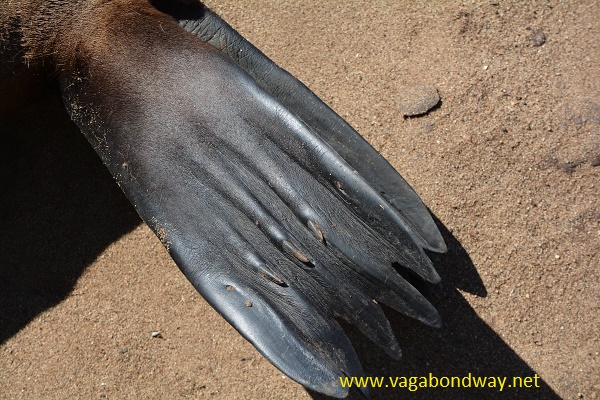
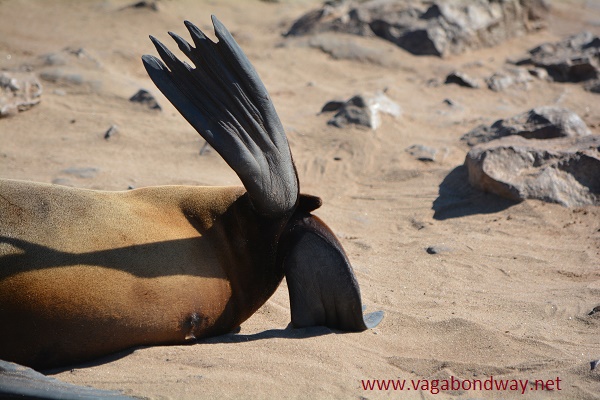
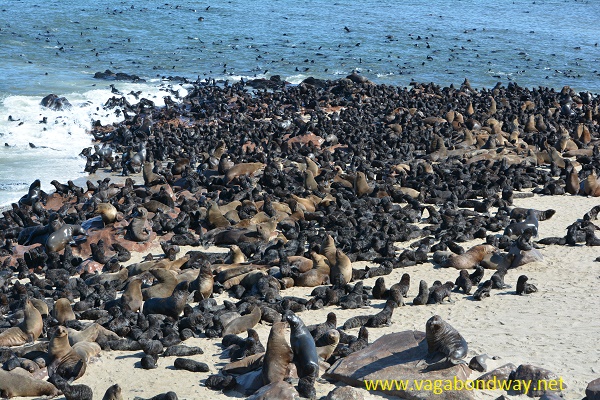
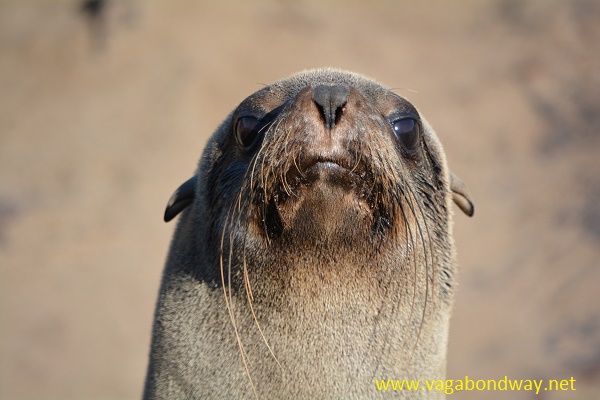
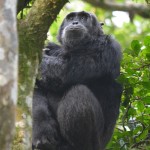 Previous Post
Previous Post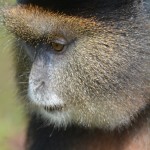 Next Post
Next Post
WOW! Acres and acres of seals! I’ve only ever seen a few at a time, never a colony like this. Is this fur seal the only species that stays there?
That was the cool thing about visiting this colony in particular – you could see so many seals all at once! Other colonies I’ve been maybe have a lot of seals, but then they are around the corner, or out of site. Here, it was a carpet of seals which was so amazing to see. To my knowledge, the cape fur seal was the only species of seal that lived in that colony.
I liked having such a closeup view of the seals the detail of their flippers was so interesting. Given their massive size were they at all a threatening? Thank you for another informative post!
Seals are definitely dangerous and should never be approached. They can move surprisingly fast on land and a bite from one will ensure you are on a lot of antibiotics, if not hospitalized from the severity of the bacteria they have. Here, (as with a lot of seal colonies we have visited) they have board walks, so were were walking along enclosed board walks with the seals on one side and us inside the board walks so everyone was at peace and we could observe them so closely for that reason. It was so neat to see the barbs on their flippers!
When large groups of people get excited they commonly do what is called “the wave” to
express their joy. I guess for the seals “the wave” is to get away from people! Just saying. (loved the post)
Yes, if a person was outside the board walks the seals were uncomfortable with that. It was/is very important not to try and approach seals to the point where they become scared and run away as that can cause a stampede and that is when young seal pups may be trampled to death. But all those seal pups in the water practicing their swimming was like a big wave. Glad you enjoyed.
they are such cute looking animals. some of them look so sad. lots of interesting facts to learn though.
I know, sometimes those seals do look so sad, don’t they?! They each seem to have such unique personalities.